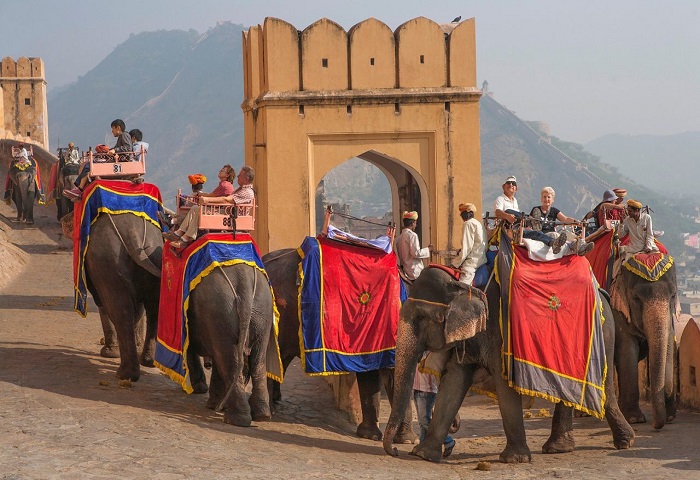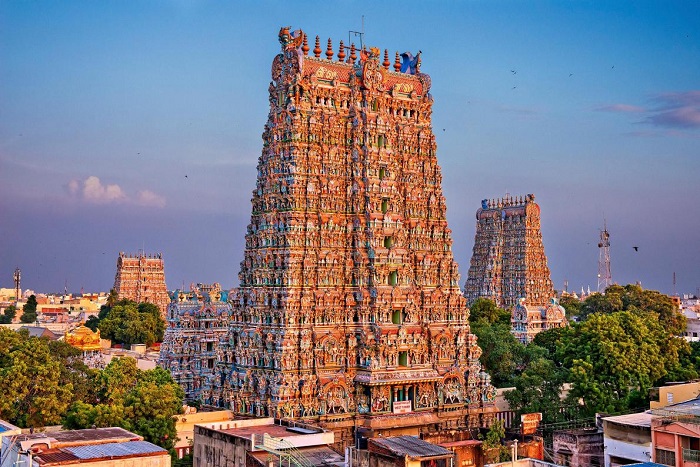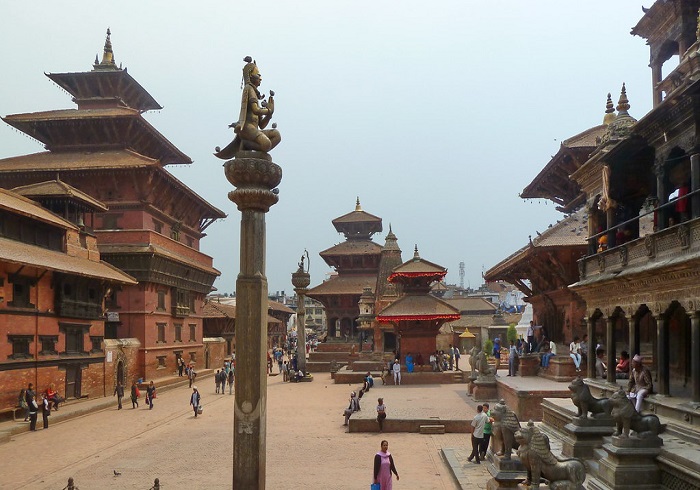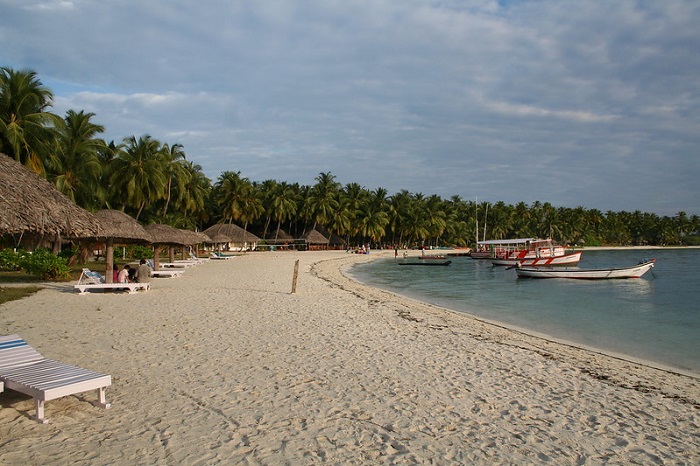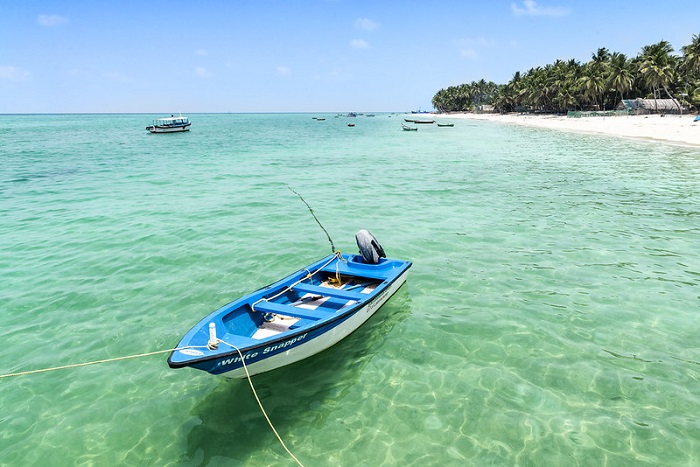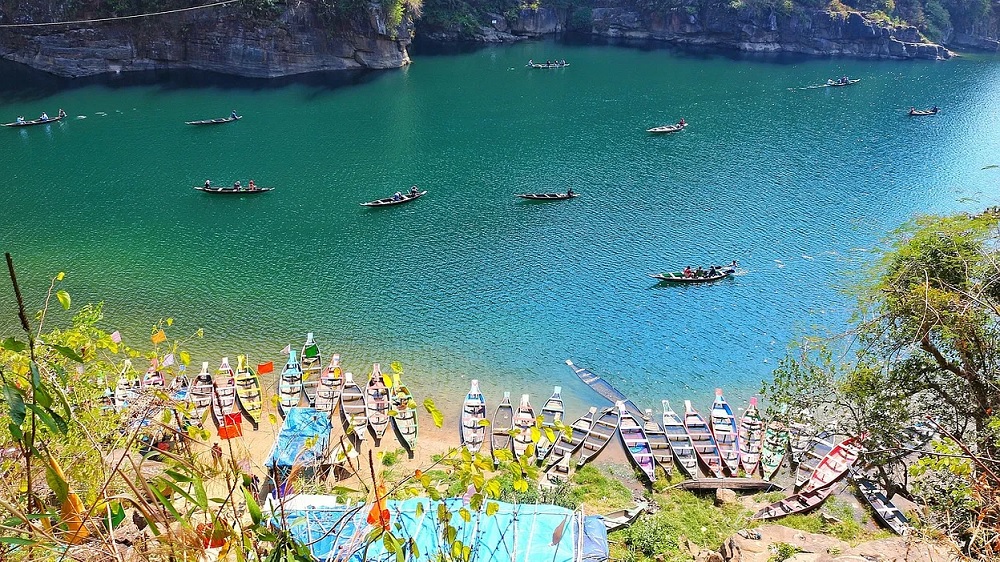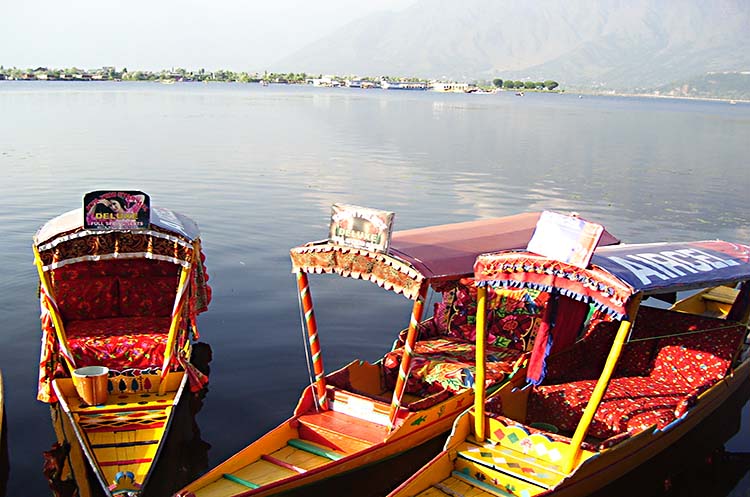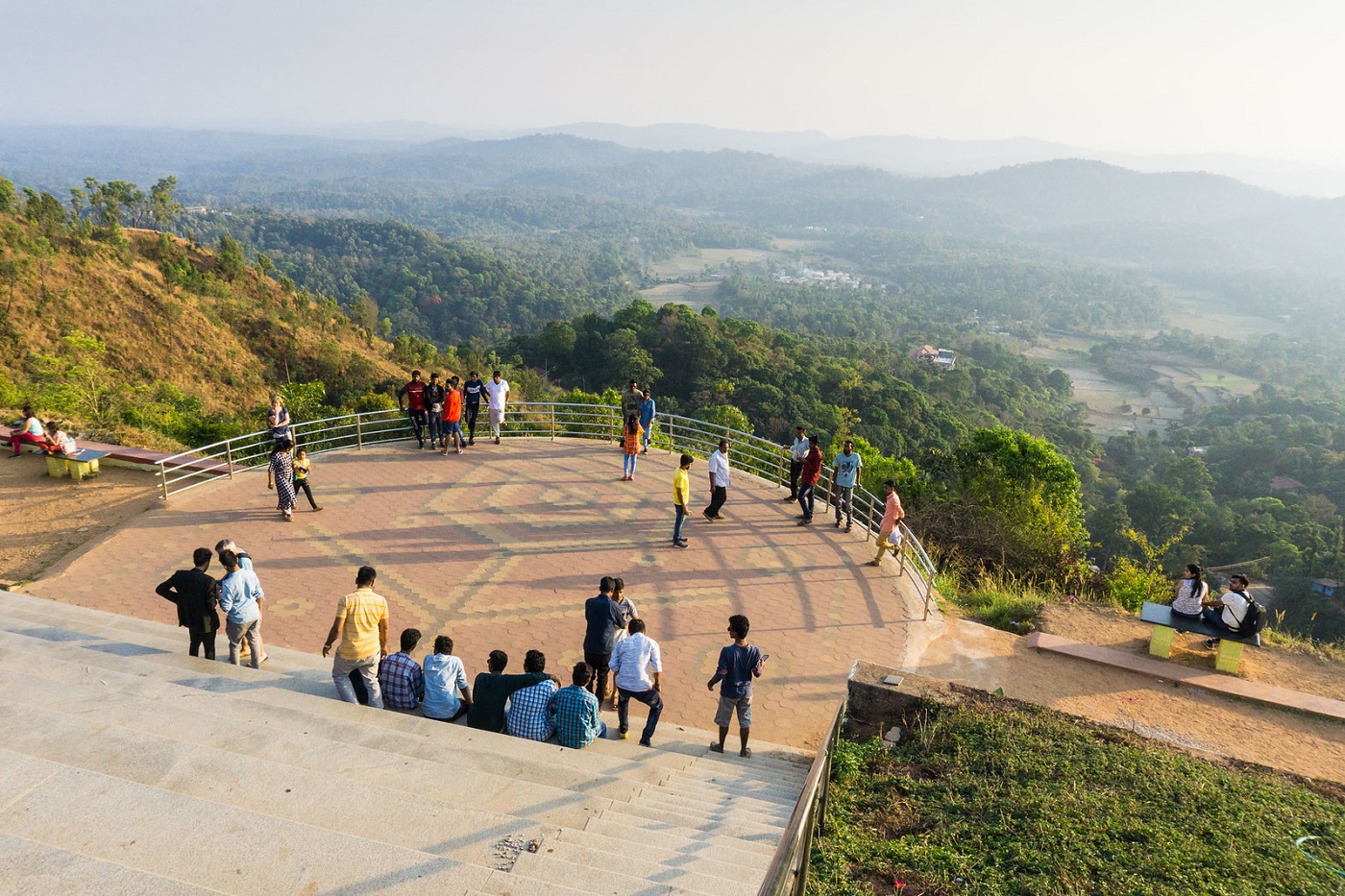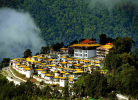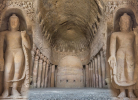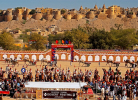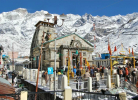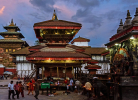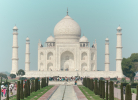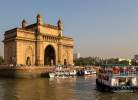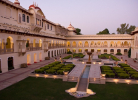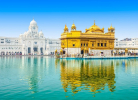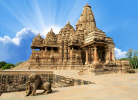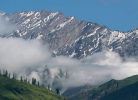Why Chardham Pilgrimage Yatra is Extremely Significant for the Hindus?
Hinduism is full of beliefs and mythological stories to back up those beliefs. One such belief is attaining salvation. Chardham pilgrimage yatra is the voyage taken through four main spiritual destinations in Uttarakhand.
In the ancient times, this circuit was called the Chota Chardham and in the mid of 20th century, it became the classic Chardham circuit. The Chardham indicates char – four and dham – spiritual abode.
Under this yatra, the pilgrims will cover a considerably harder circuit connecting Yamunotri temple, Gangotri temple, Kedarnath temple, and Badrinath temple. The circuit and each temple (dham) in this voyage have significant importance related to salvation.
Also Read: What is Char Dham Yatra?
What is Salvation?
According to Hindus, each soul is born seven times. After each life, the good and bad of the life is calculated and based on the good, the next life would be determined. This is called circle of life.
According to religious gurus, it is peace after the seven lives. This eternal peace is salvation. To attain salvation, the soul has to break from this cycle circle of life and remove all the sins from it. If such purity is attained, the soul will experience eternal peace. Taking the Chardham circuit would help the soul attain salvation.
Importance of Chardham in salvation
The Chardham circuit was started by Adi Shankaracharya, a Hindu saint and philosopher. However, according to mythology, many legendary personalities have taken trips to these abodes together or separately to attain salvation. For instance, Adi Shankaracharya attained salvation at Shri Badrinath temple (dham).
According to Hinduism, taking this voyage would open up the gates of eternal salvation as it washes off the earthly sins from the body.
Must Read Chardham Yatra Attraction :
Significance of each Dham in the circuit
1. The source of River Yamuna – Yamunotri Dham
According to mythology, the Chardham trip has to be taken from left to right. Thus, the leftmost destination of all four is Yamunotri Dham. Yamunotri Dham is located at the source of River Yamuna, which people consider as a sacred water source.

Why is Yamunotri Dham a part of this voyage? According to mythology, River Yamuna and God of death, Yama are siblings.
During Bhai Dooj (a religious celebration), Yama gave a blessing to his sister that whoever take a holy dip in the river would attain salvation as the soul would not be taken to hell (Yamlok).
Yamunotri Dham is located 3164m above mean sea level and every year, millions of pilgrims visit to take a holy dip in the river and seeks blessing at Yamunotri Dham. The thermal spring of Janki Chatti located closer to Yamunotri Dham is also a sacred site and tourists cover this spring during the trip.
According to legends, this thermal spring is one of the kunds of Goddess Shakthi (consort or Lord Shiva).
2. The source of River Ganges – Gangotri Dham
Gomukh – the origin site of River Ganges is the main element of this dham. King Bhagirath, according to mythology, meditated for a very long period to convince River Ganges to come to the earth. River Ganges is a celestial water source, which was sent to earth by Lord Shiva for flourishing and nourishing the lives in earth.
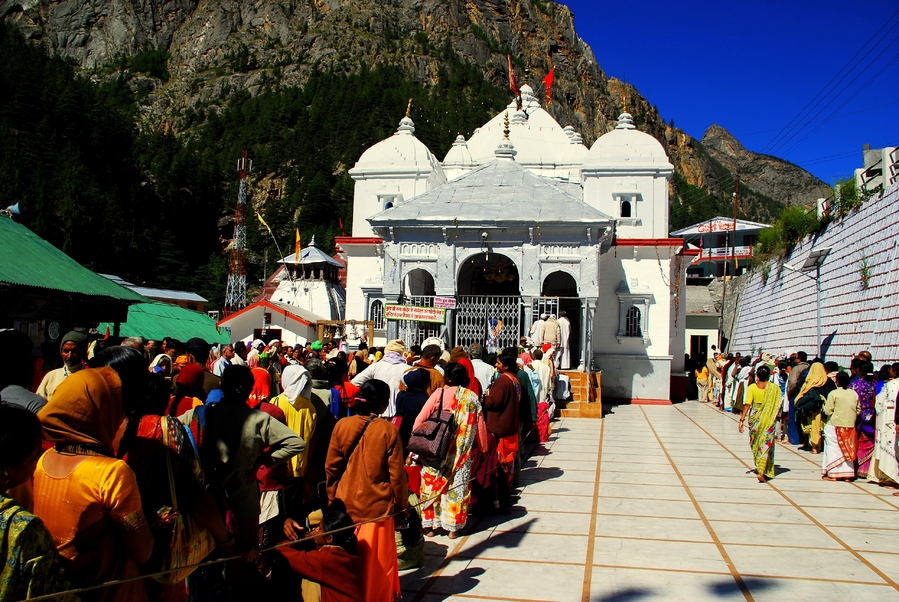
The stone upon which, the king meditated is still found closer to Gangotri Dham. Gangotri Dham is located 3200m above sea level. Here, River Ganges is called River Bhagirathi. There is a small shrine dedicated to River Ganges here. River Ganges is prayed to as a goddess in this area. The river is seen as the ultimate site for purity and sanctity.
Thus, before visiting Gangotri Dham, the pilgrims take a dip in River Bhagirathi (River Ganges).
3. Jyotirlinga temple of Lord Shiva – Shri Kedarnath Dham
Shri Kedarnath Dham, one of the sacred 12 temples of Jyotirlinga is the third destination. This is the hardest site to reach in the circuit and seen as the most important site too. This temple is also a part of the sacred Panch Kedar. The name comes from Kedar, the ruler of Satyug. The king of Kedar is called Kedarnath. The current structure was believed to be built in 800AD by Adi Shankaracharya.
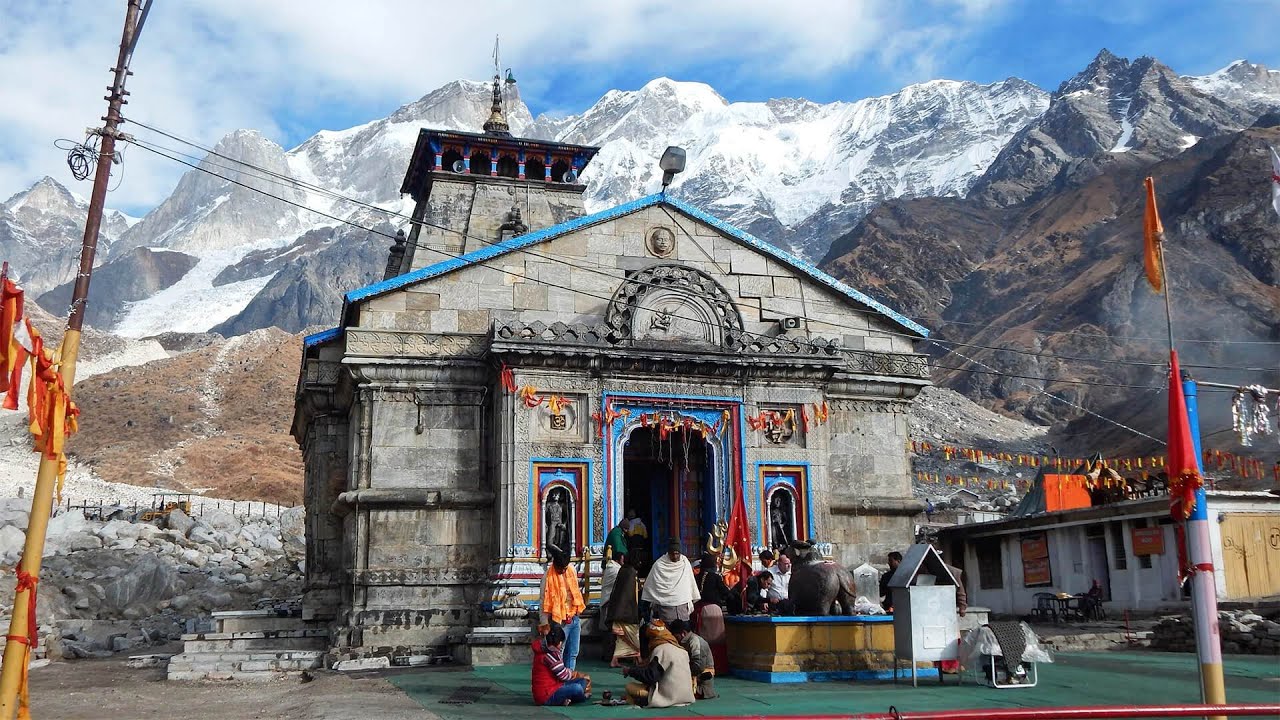
According to mythology, Pandavas built a primitive structure at the very same site to pray for salvation after the great war of Mahabaharata. They prayed for removing sins of committing war sins and killing their own kin. The primitive structure couldn’t stand the wrath of nature at this altitude and was eventually destroyed.
4. The abode of the protector – Shri Badrinath Dham
Shri Badrinath Dham is a site dedicated to Lord Vishnu. Located on the banks of River Alaknanda, this dham holds the protector of the universe. Also called the Vishal Badri, this temple has the power to break the circle of life and remove rebirths to attain salvation.

According to mythology, the region of Badrinath Dham is said to be the site of Bhairavi Yantra. This Yantra is believed to give out positive radiations, which would help to rejuvenate. When the temple closes for winter, the priests lit up a butter lamp before leaving the premises. It is believed that Narad Muni would continue the rituals during the peak winter and when the priest comes back after six months, the lamp would still be burning.
According to certain groups of scientists, the shrine of Badrinath and the region around it would be alienated from the common mass due to landslides in the future, if the current climatic condition (climate change) continues.
In such cases, Badrinath Dham could be worshipped only from Bhavishya Badri, a lower site of Badrinath Dham.
Chardham and Old Ages
Chardham is a pilgrimage taken to break the chain of rebirth to attain salvation. People often take up this trip after completing their responsibilities at home. Thus, you can see a lot of seniors taking up the trip.
However, spiritual values and philosophies are not restricted to old ages. Any devotee who can trek and visit these temples can take part in this pilgrimage tour.
Suggested Tour:
Scientific Reasons Behind Chardham
Vedic rituals and practices are always backed up with science. The difficult trekking route, the fresh mountain air, thermal springs, and other natural elements would increase stamina and endurance of the body. A stronger body would create a stronger will power, which would radiate positive thoughts.
According to mythology, the pilgrims have to follow strict rituals and conditions to take up this yatra. A strict regime would always improve the will power of the individual.
The thermal springs located at such a height would be loaded with unique minerals. Taking a holy dip or bath in the springs would rejuvenate the body and might stand to increase the immunity for many rare medical conditions. Some of the temples closer to the thermal springs are popular among locals as sites for promoting health.
According to scientists, the power of the thermal springs was spread via folklores related to the temples to attract locals. Those who take up the yatra would chant in a chorus tone. The mantras echo through the quaint ambience, which is said to increase concentration and also help to relax mind.
Those who have to take up Chardham yatra should not drink alcohol or eat meat. This dietary regime would act as a cleansing diet to remove toxins accumulated in the body.
Suggested Tour: 12 Days - Chardham Tour Package
Right Time to Visit Chardham
All the four temples are located at high altitude. Thus, the routes and temples will be closed during winter season. The best time to take this route is from May to October. Each temple has a unique opening and closing date. It is best to avoid July to September as it is the peak monsoon season.
The Garhwal region of Himalayas receive heavy rainfall, making is hard to conduct the voyage. Thus, stick with summer and autumn seasons.


